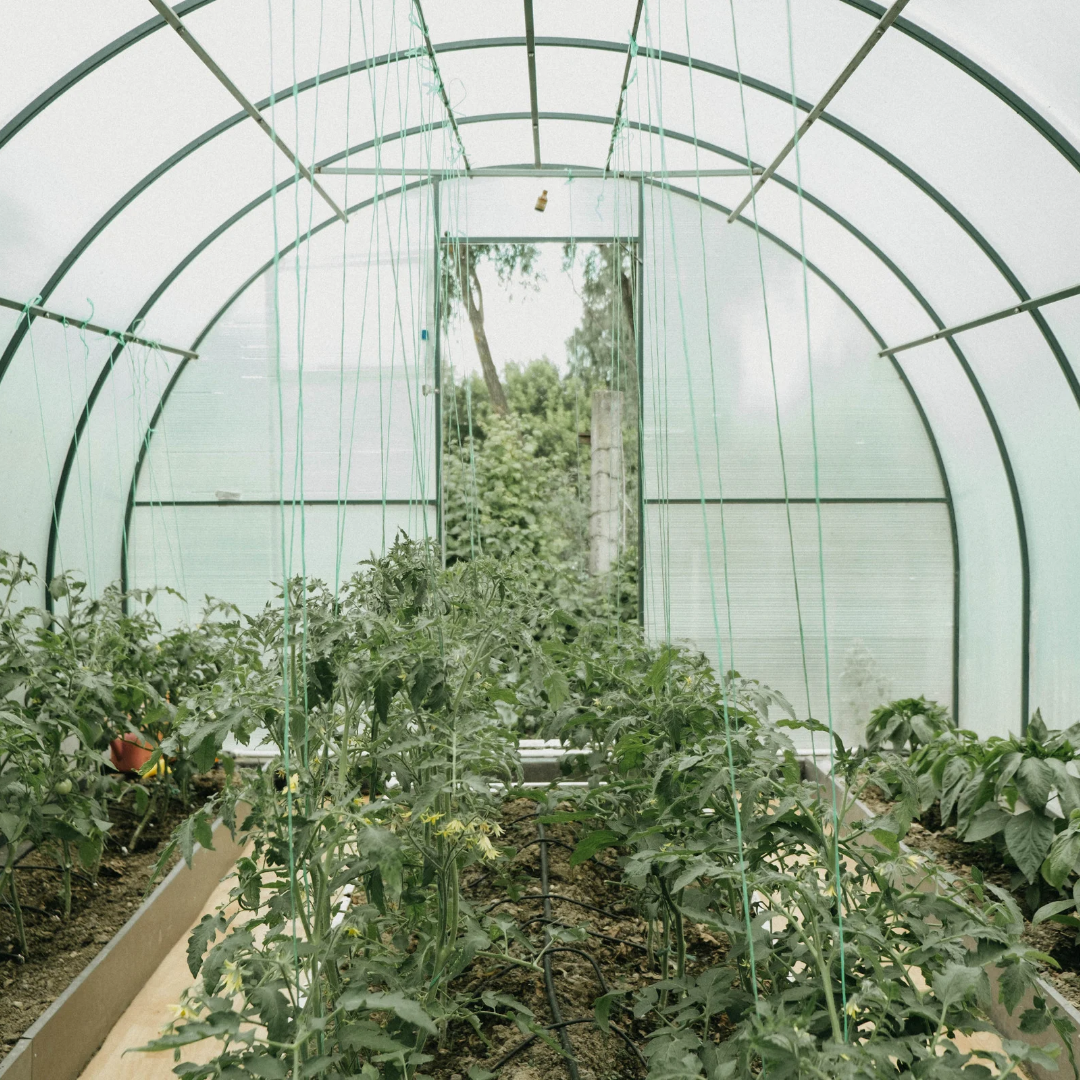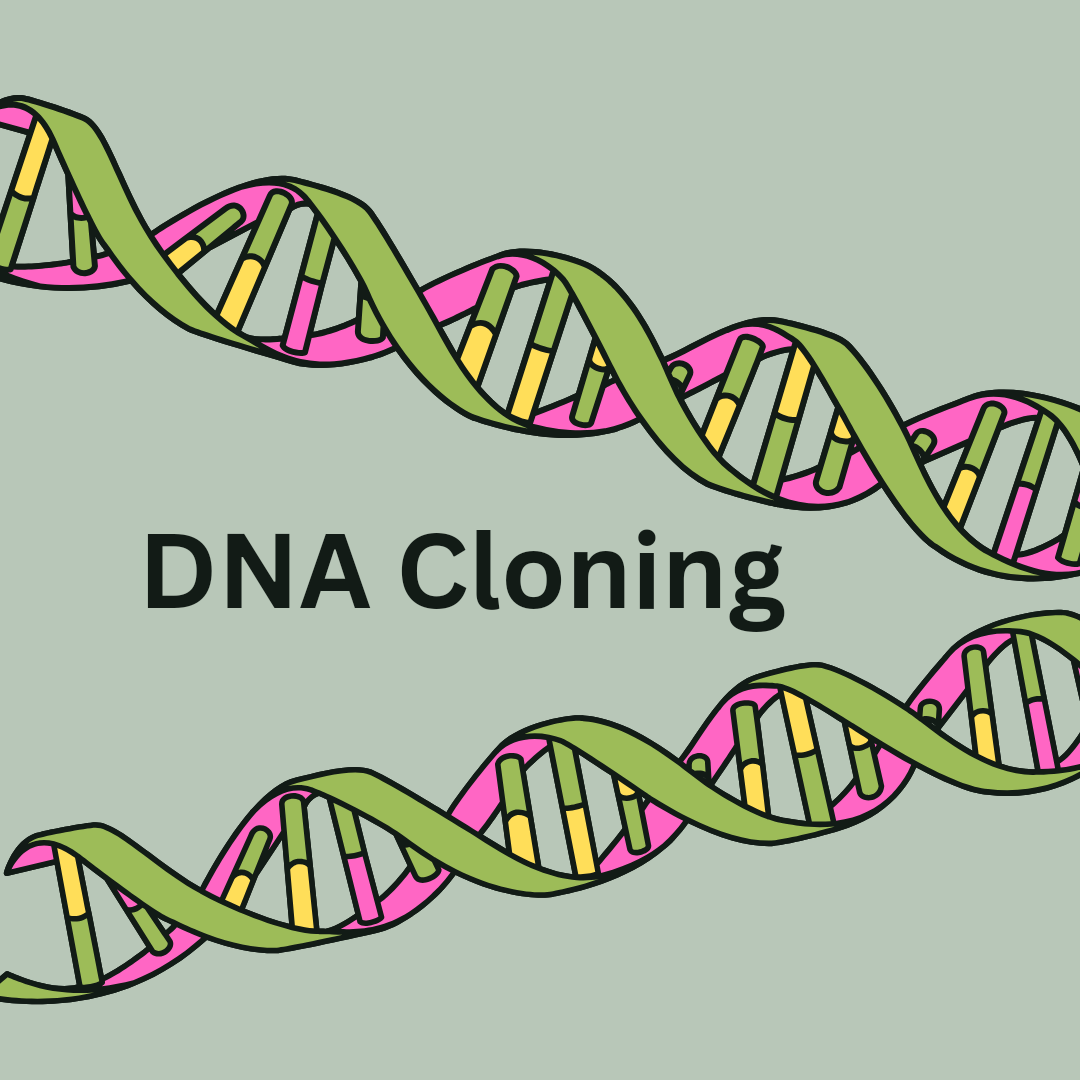
Amidst the awe-inspiring mysteries of plant behaviour, electrotropism stands as a captivating phenomenon that showcases the intricate ways in which plants navigate their environment. While we might envision plants as stationary entities, they possess an astonishing ability to respond to electric fields and harness them for growth. This article embarks on a journey into the world of electrotropism, shedding light on how plants utilise electric cues to orchestrate their growth patterns and adapt to their surroundings.
The Electric Dance
Understanding Electrotropism: Electrotropism, a lesser-known tropic response, refers to a plant’s ability to perceive and respond to electric fields. Just as phototropism guides plants towards light and gravitropism dictates their orientation with respect to gravity, electrotropism allows plants to navigate in the presence of electric fields. This intricate dance of growth in response to electricity unveils the hidden potential of plant behaviour.
The Electric Environment
Plants as Voltage Navigators:
In their natural habitats, plants are constantly exposed to electric fields generated by factors such as atmospheric conditions, soil moisture, and even nearby plants. These electric fields provide plants with subtle yet crucial cues about their surroundings. The ability to sense and respond to these cues showcases the remarkable adaptability of plants to harness a variety of sensory inputs for their growth strategies.
Roots and Shoots
Electric Responses Unveiled:
Electrotropism is particularly evident in the growth of roots and shoots. Research has shown that electric fields can influence the direction in which roots grow, guiding them towards or away from the source of the electric field. Similarly, shoots might exhibit curvature in response to electric cues, showcasing the profound impact of electrotropism on the overall architecture of the plant.
Electrotropism Mechanisms
The Inside Story While the precise mechanisms behind electrotropism are still being unravelled, it is believed that ion transport across cell membranes plays a crucial role. Electric fields can cause the movement of ions within plant tissues, leading to changes in cell growth and curvature. This intricate interplay between ion movement and growth responses underscores the complexity of electrotropism as a sensory mechanism.
The Adaptive Advantage
Electrotropism in Action:
Electrotropism is more than just an interesting phenomenon; it holds significant implications for plant survival and adaptation. In environments with varying electric fields, plants that can respond to these fields might have a competitive advantage. For example, the roots of plants could grow towards regions with higher soil moisture, guided by electric cues, ensuring efficient water uptake and better chances of survival.
Electrotropism in Agricultural and Environmental Contexts
Understanding electrotropism has potential applications in agriculture and environmental monitoring. By harnessing the ability of plants to respond to electric fields, researchers could develop innovative techniques for guiding root growth in desired directions, enhancing nutrient uptake, and improving crop yields. Moreover, electrotropism could serve as a bio-indicator for environmental conditions, offering insights into soil moisture levels and other factors.
A Silent Symphony of Sensitivity
The Marvel of Electrotropism:
As we delve deeper into the world of plant behaviour, electrotropism emerges as a reminder of the hidden complexities within the seemingly tranquil realm of plants. The ability to respond to electric fields adds yet another layer to the intricate orchestra of control and coordination that guides plant growth and survival.
Electrotropism unveils the uncharted territories of plant sensitivity, showcasing their capacity to tap into even the subtlest cues of their environment.In the ever-evolving narrative of plant biology, electrotropism is a chapter that continues to unfold. It beckons researchers and enthusiasts alike to delve into the electric dialogues between plants and their surroundings. As we explore the electrifying dance of growth, we find ourselves captivated by the harmonious interplay between the botanical world and the electric symphony that shapes it.



